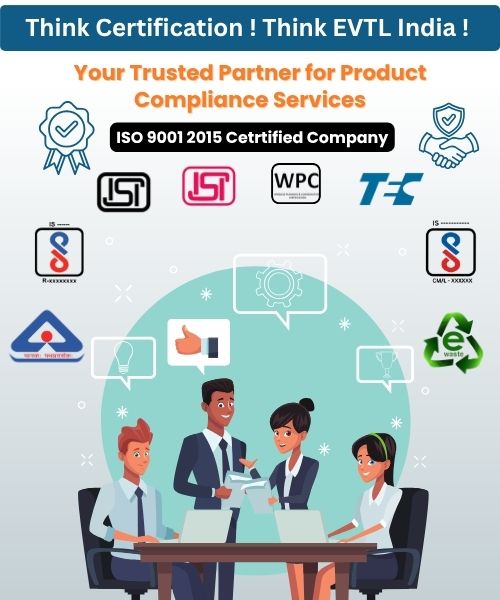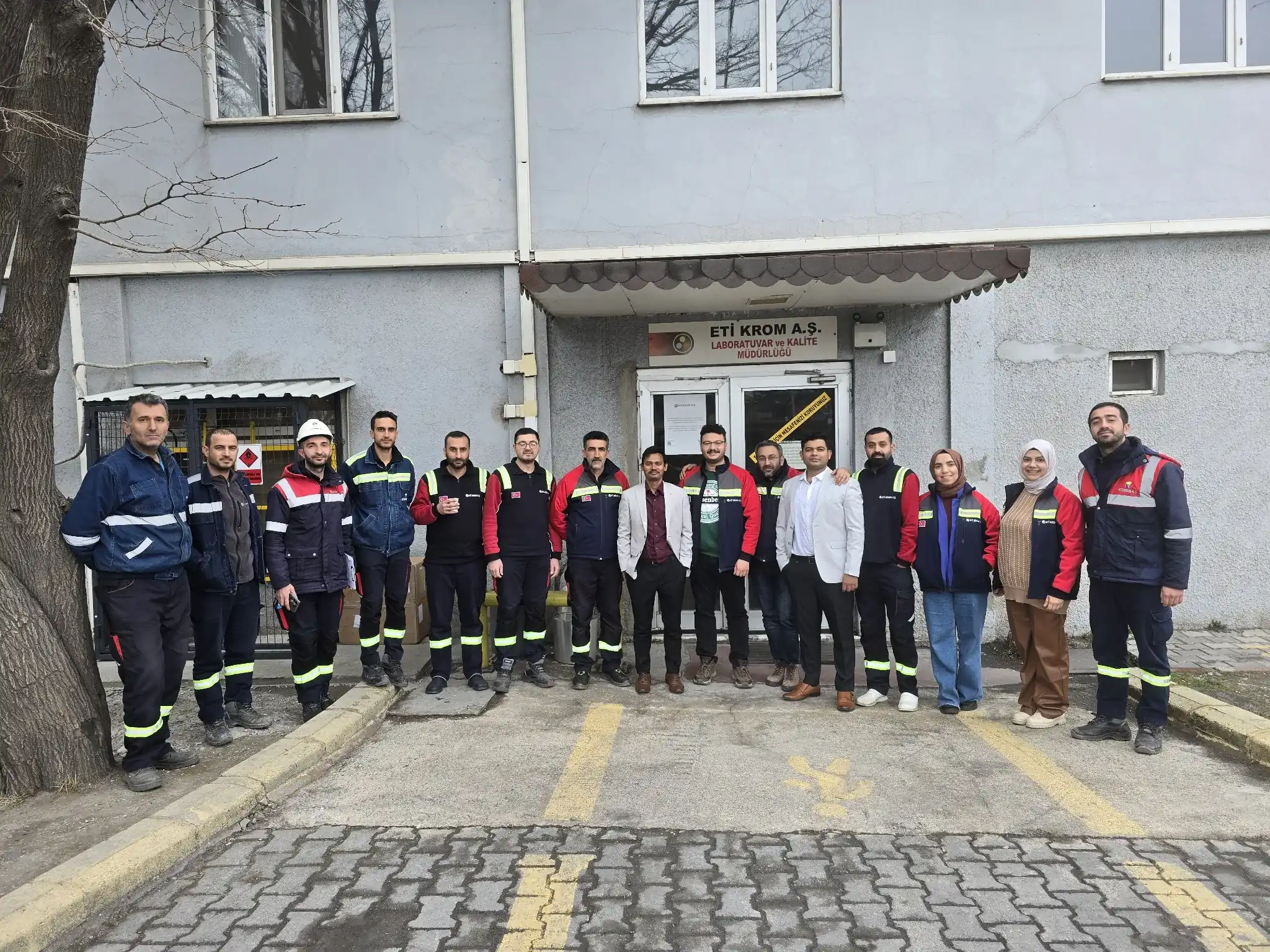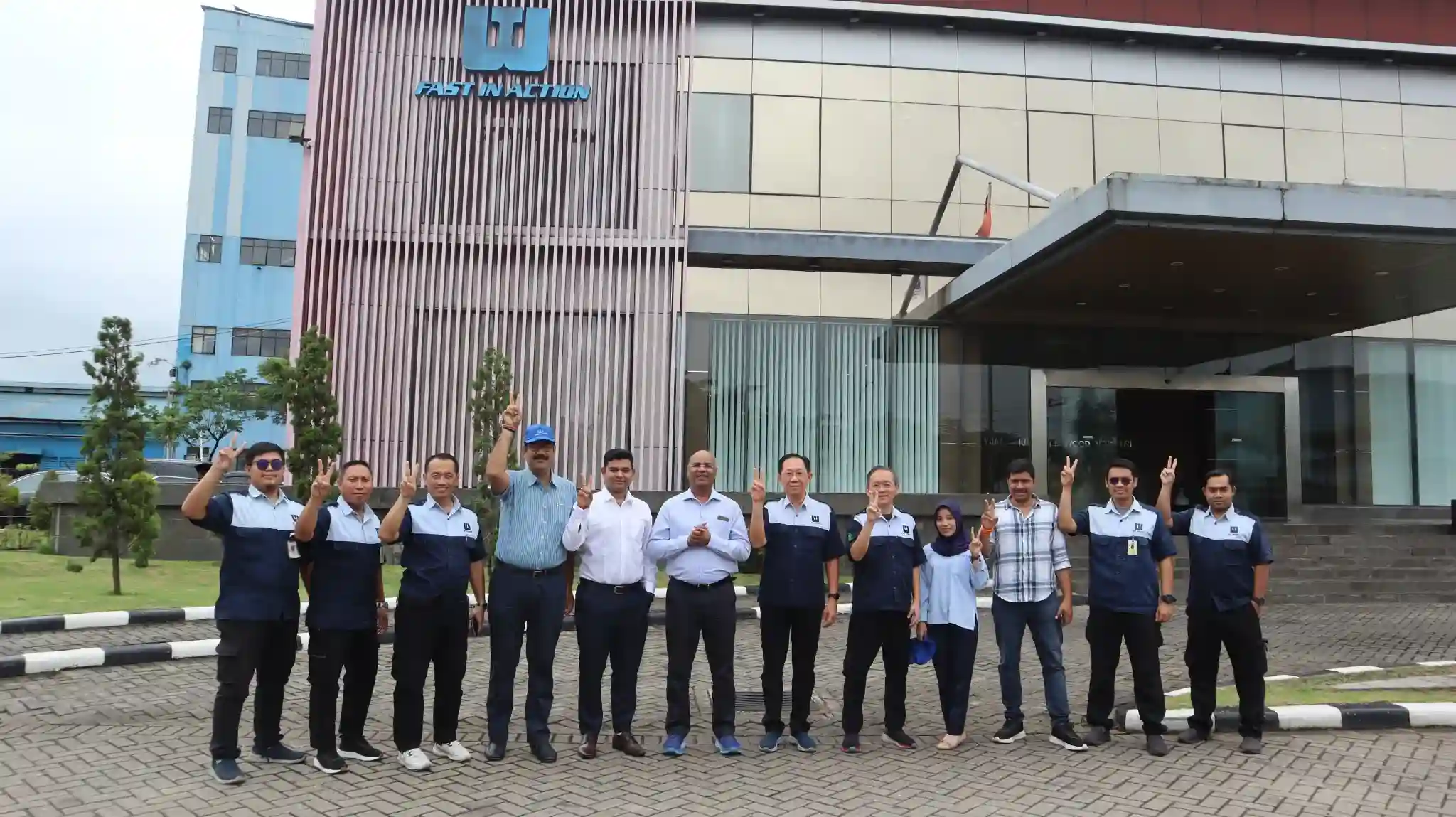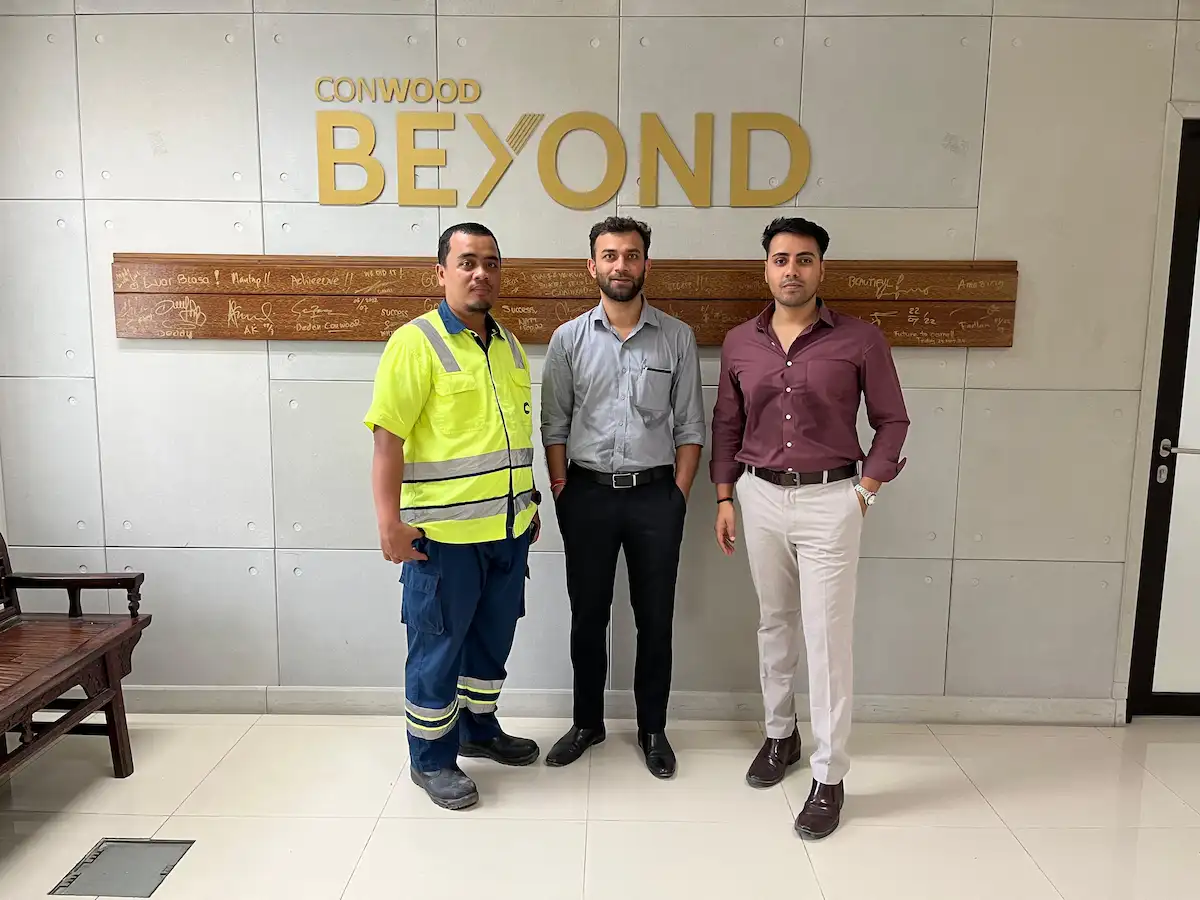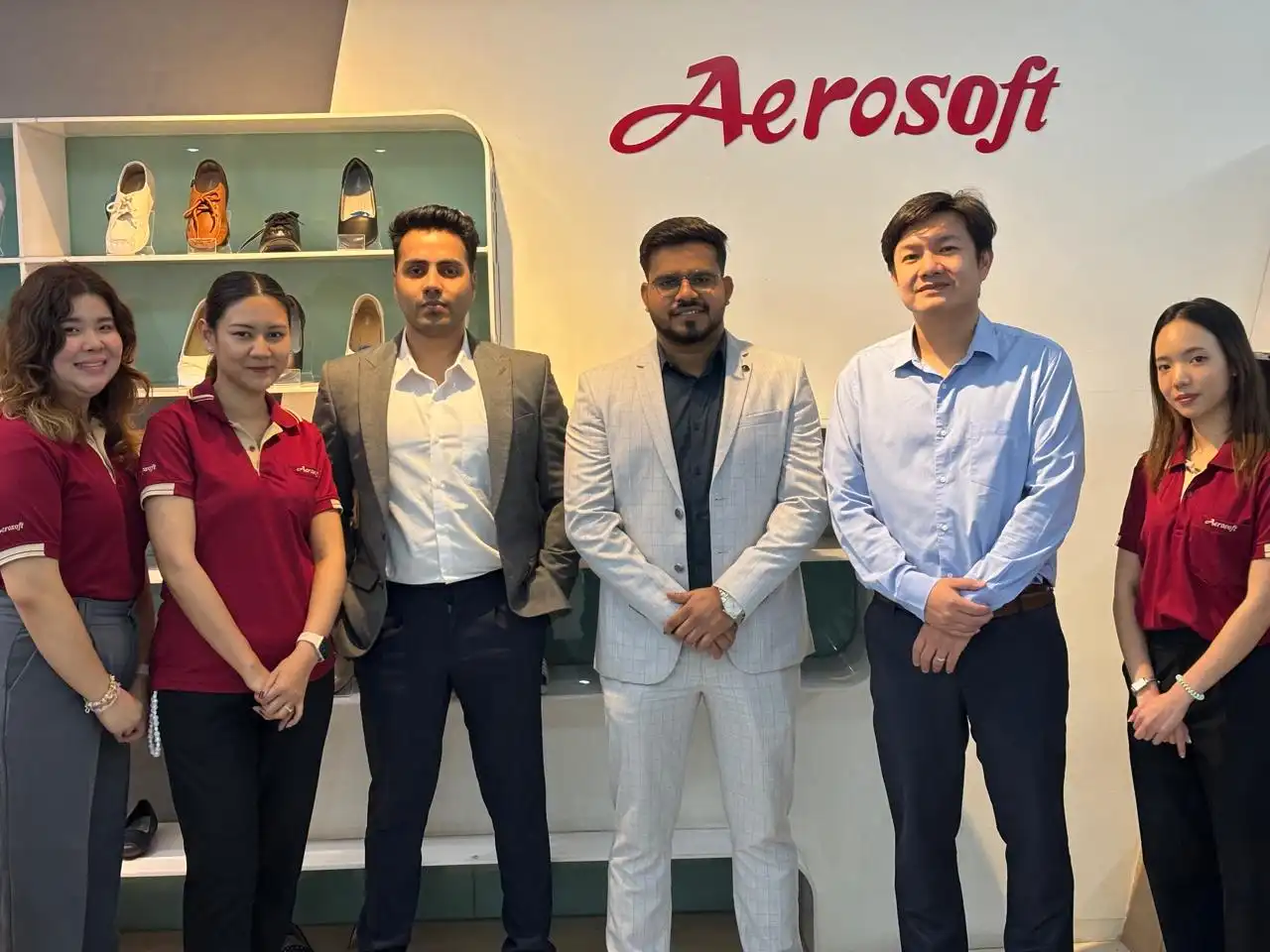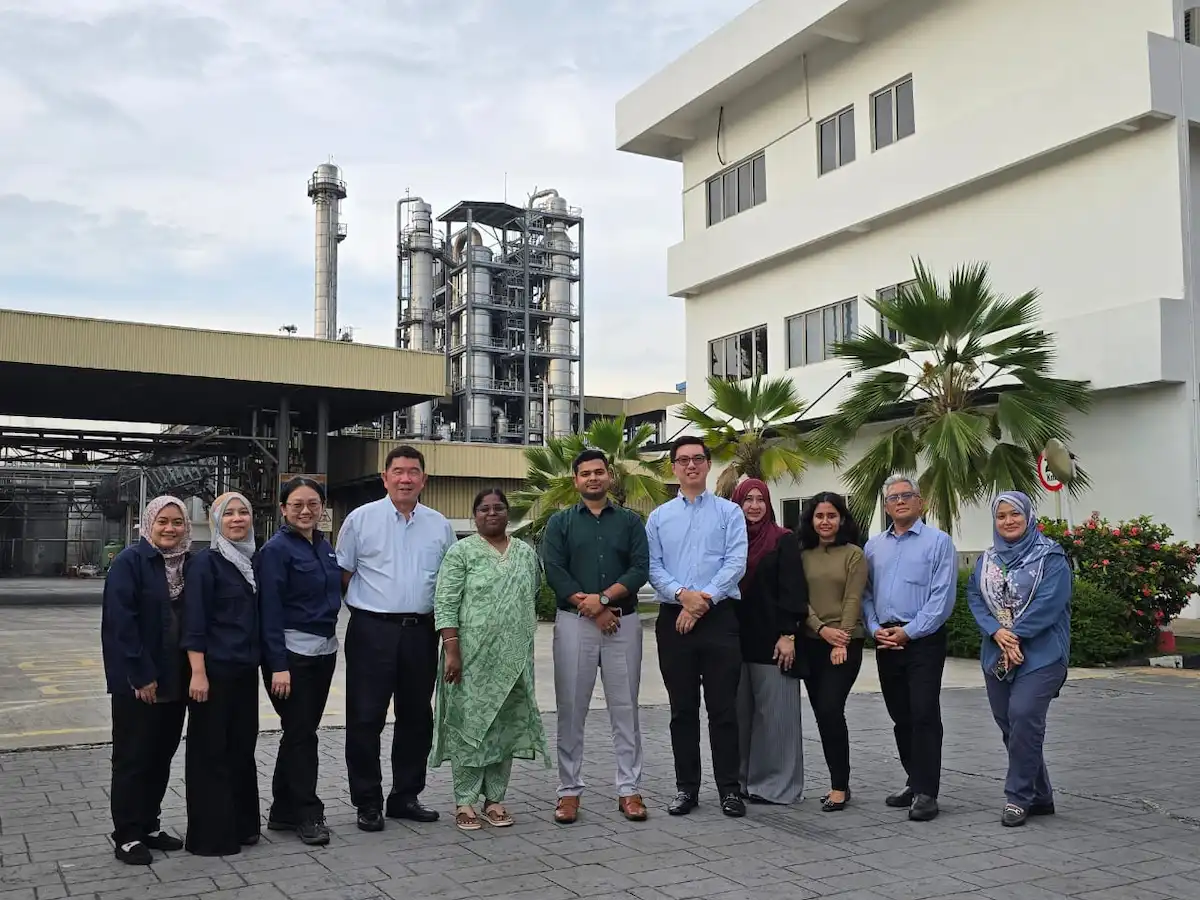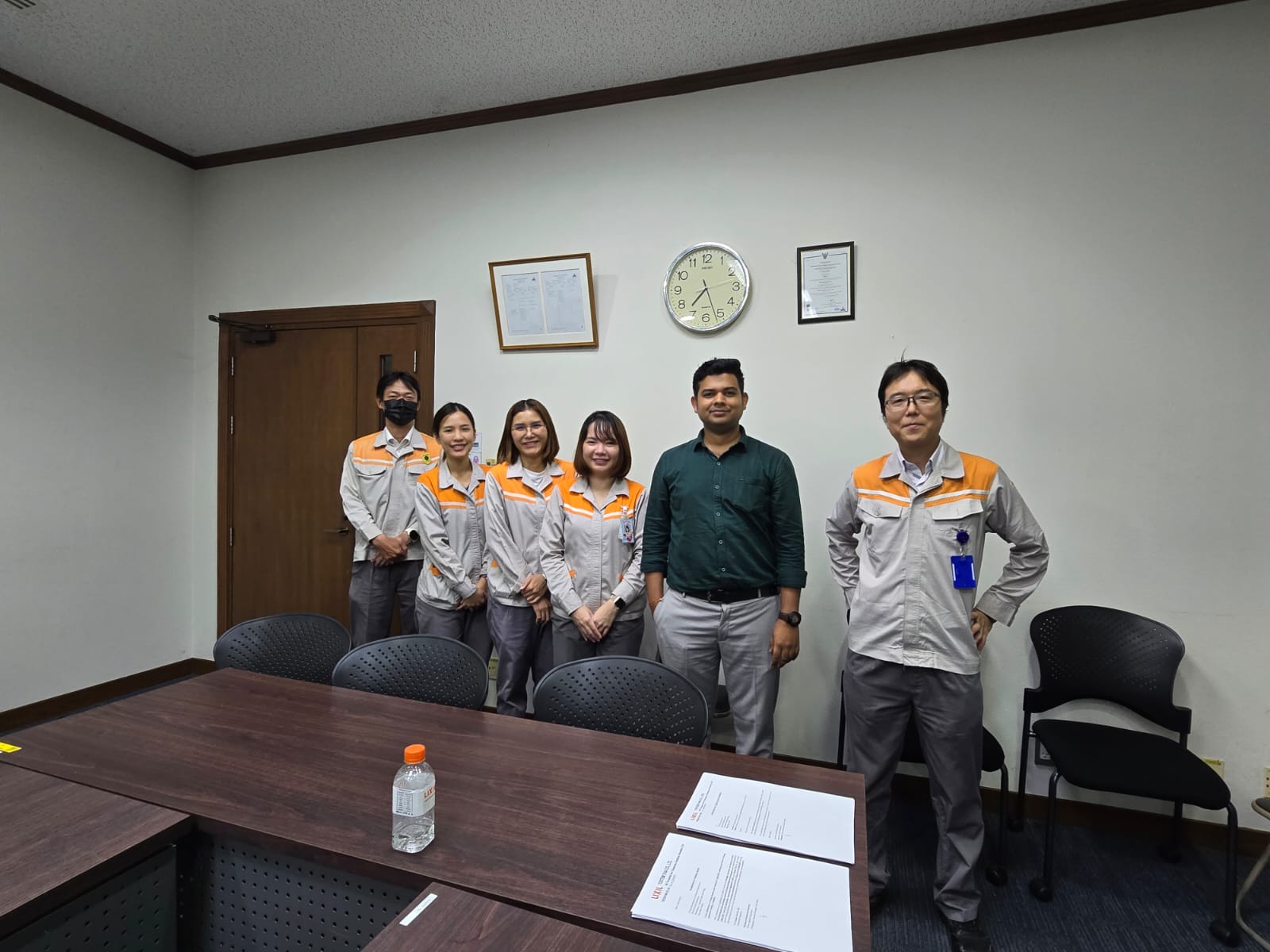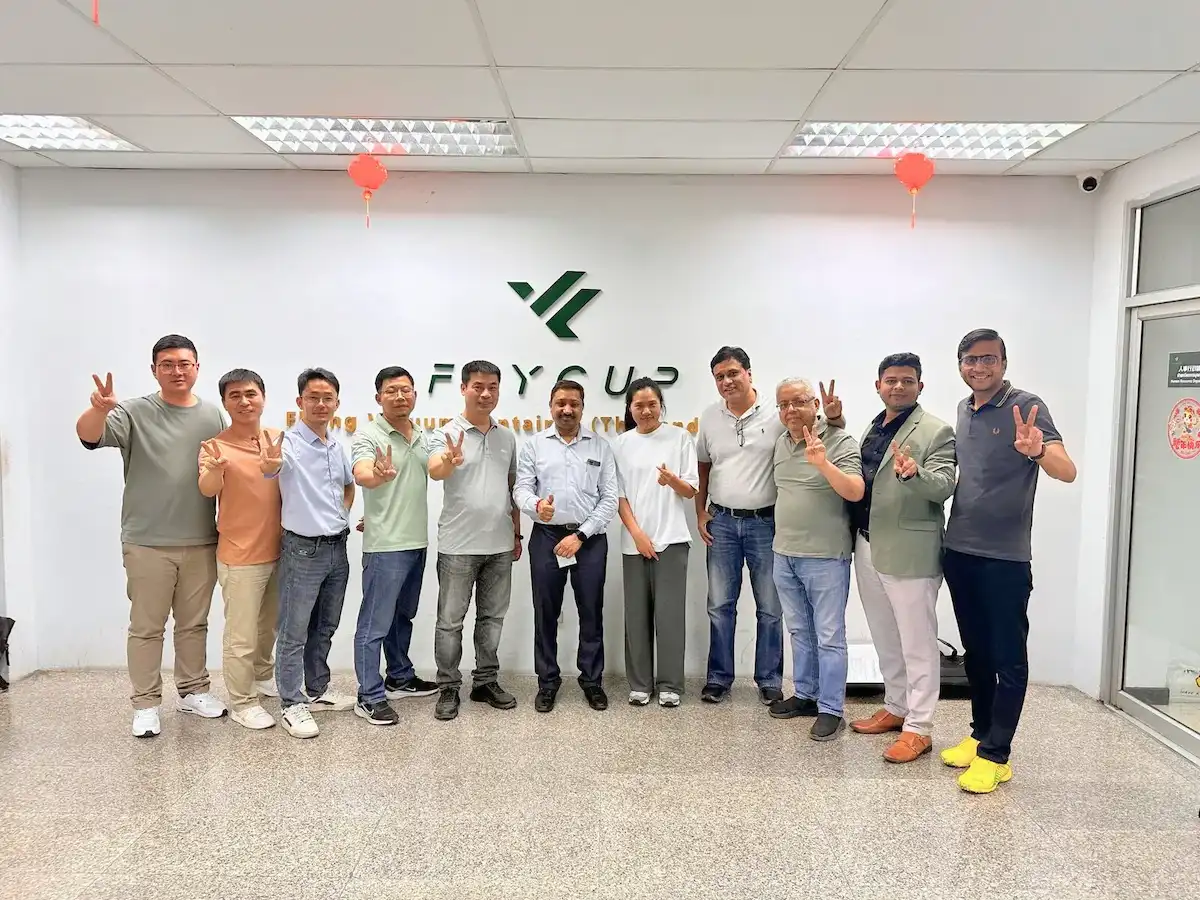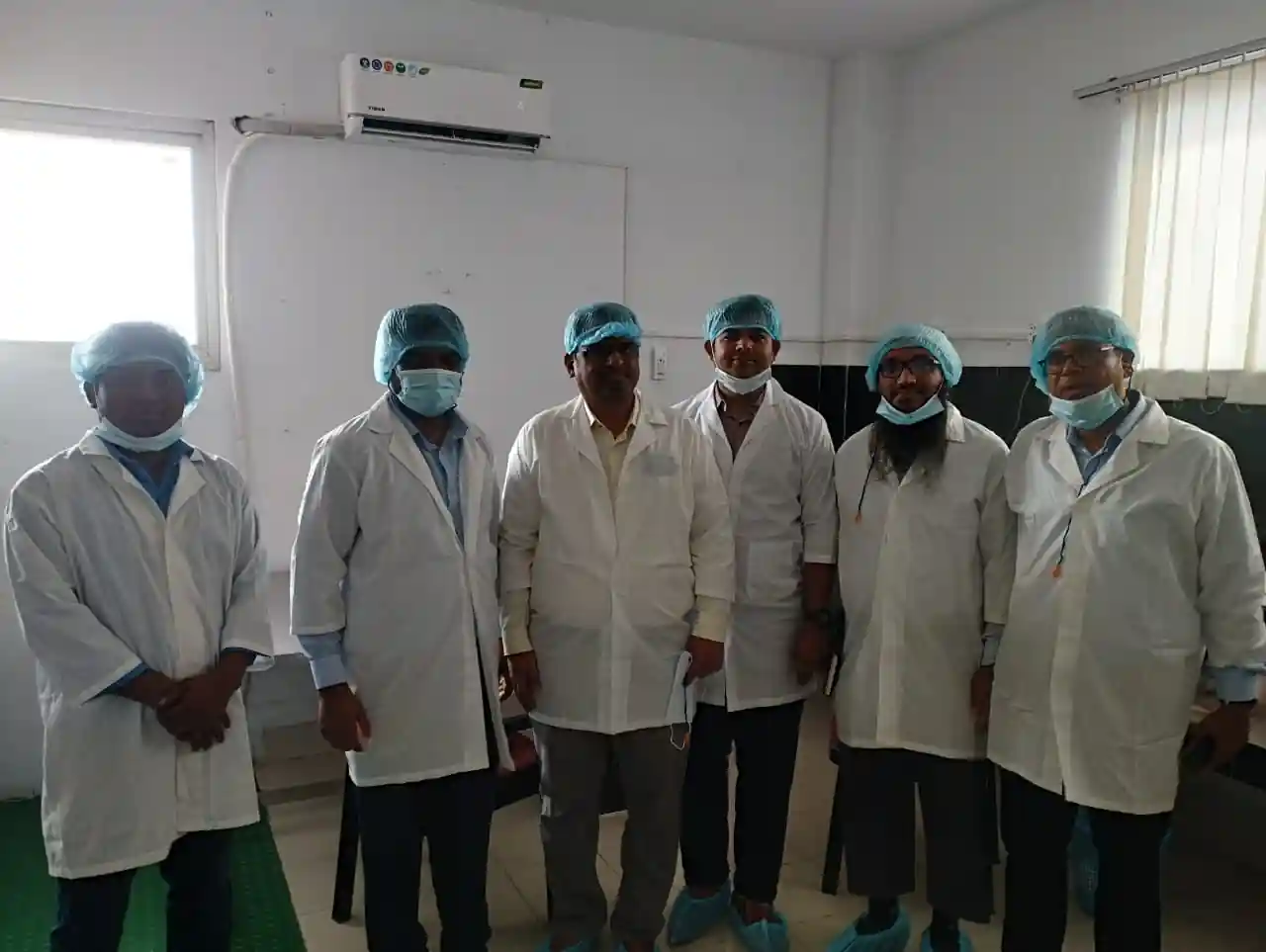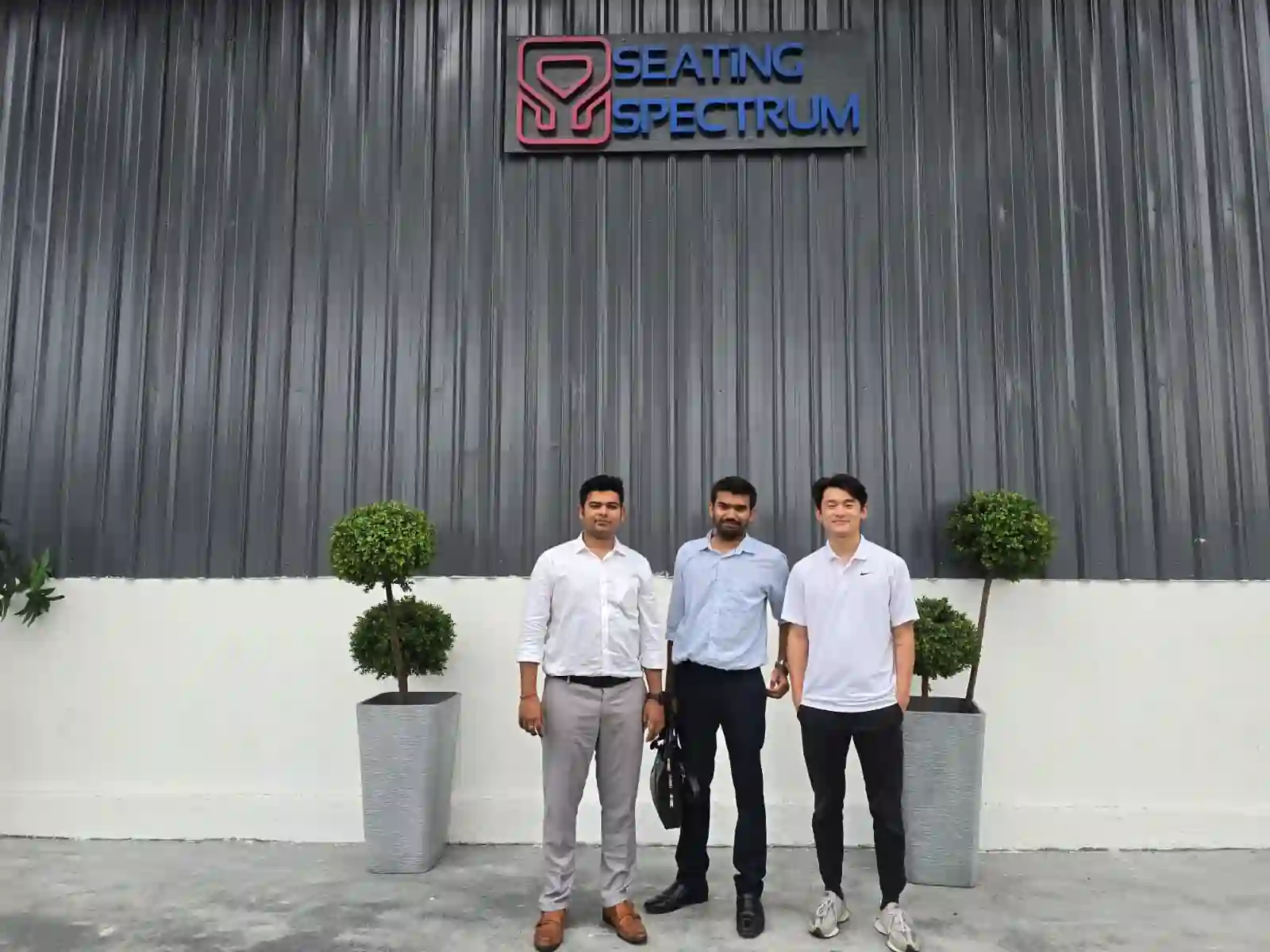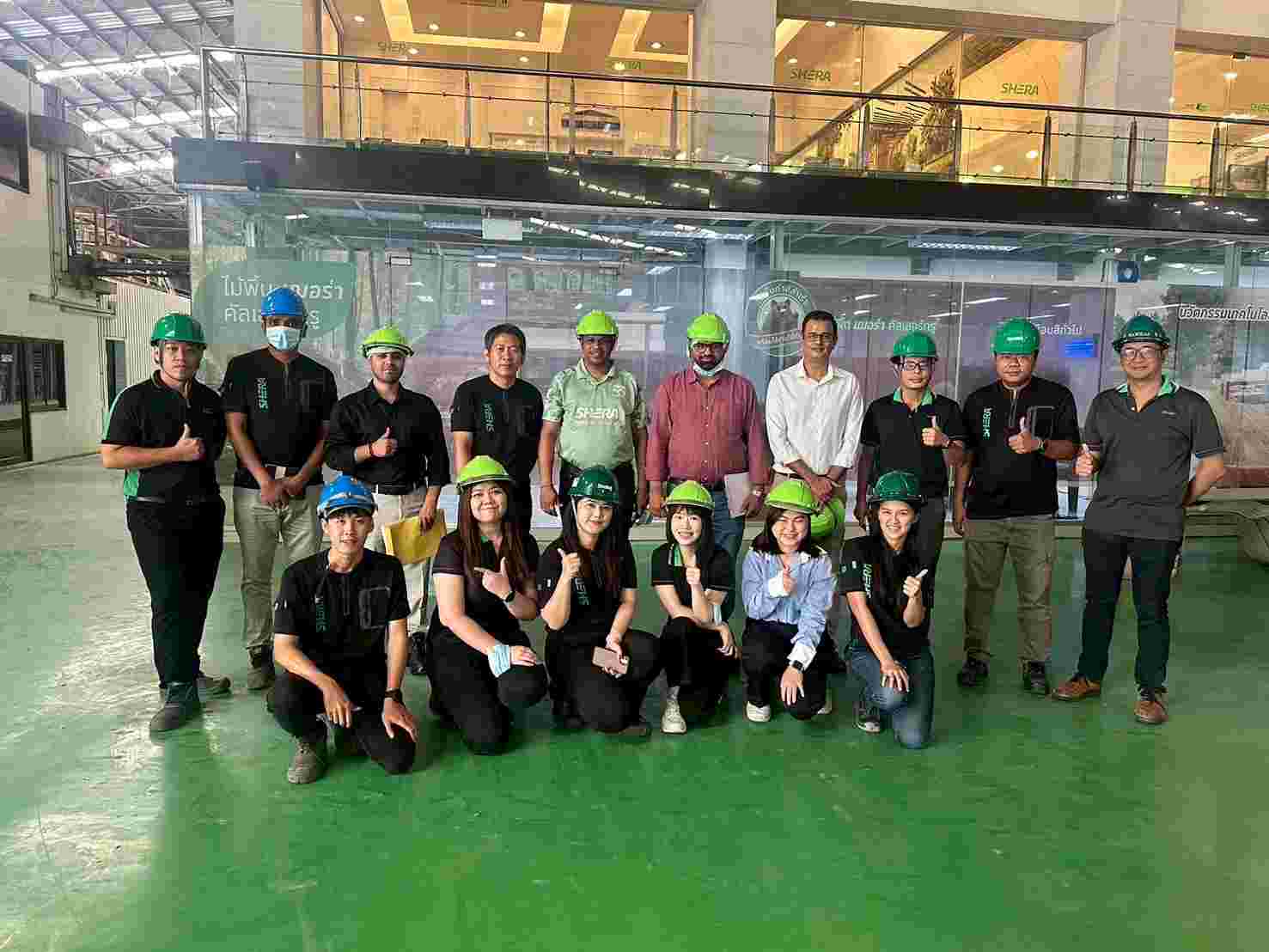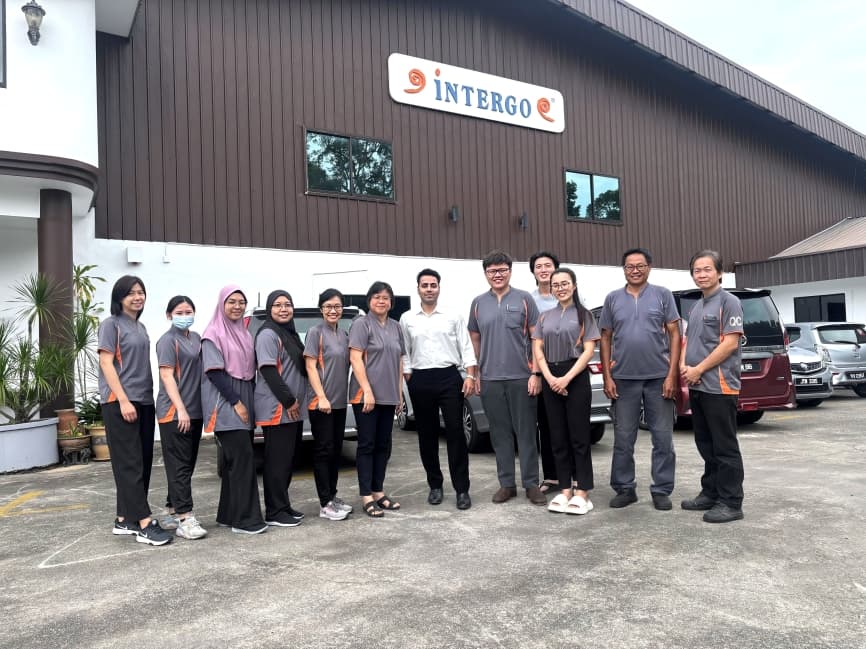Get A Quote
BIS Certification for Steel Wire for Mechanical Springs Part-1 cold drawn unalloyed steel wire IS 4454 (Part 1): 2001.
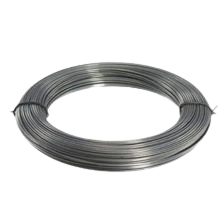
The BIS Certification for Steel Wire for Mechanical Springs Part-1 regarding cold drawn unalloyed steel wire IS 4454 (Part 1): 2001 plays a crucial role in ensuring the quality and reliability of steel wires utilized in mechanical springs. This certification assures adherence to Indian standards, encompassing key attributes such as tensile strength, durability, and surface finish. Compliance with BIS requirements is mandatory for manufacturers seeking market approval.
EVTL India offers specialized consultancy services to assist businesses in acquiring BIS Certification for Steel Wire for Mechanical Springs Part-1 cold drawn unalloyed steel wire IS 4454 (Part 1): 2001, thereby facilitating a seamless certification process.
Introduction
The BIS Certification
for Steel Wire used in Mechanical Springs Part-1, specifically cold-drawn
unalloyed steel wire according to IS 4454 (Part 1): 2001, is crucial for
ensuring quality, safety, and adherence to Indian standards. As mandated by the
Steel & Steel Products (Quality Control) Order, 2024, manufacturers are
required to secure this certification to comply with regulatory standards. This
standard delineates the technical specifications for cold-drawn unalloyed steel
wire utilized in mechanical springs, thereby guaranteeing durability and
optimal performance. Acquiring BIS Certification for Steel Wire for Mechanical
Springs Part-1 cold drawn unalloyed steel wire IS 4454 (Part 1): 2001
significantly enhances product reliability and boosts market credibility.
Why is BIS Certification necessary for BIS
Certification for Steel Wire for Mechanical Springs Part-1 cold drawn unalloyed
steel wire IS 4454 (Part 1): 2001?
BIS certification
is crucial for BIS Certification for Steel Wire for Mechanical Springs Part-1
Cold Drawn Unalloyed Steel Wire IS 4454 (Part 1): 2001, as it ensures product
quality, safety, and compliance with Indian standards. This certification
guarantees that the steel wire adheres to the necessary mechanical and chemical
properties essential for durability and reliability in industrial applications.
Achieving certification enhances market credibility, fosters consumer trust,
and is a prerequisite for manufacturers aiming to sell in India. With BIS
approval, organizations can ensure standardization, minimize rejection rates,
and comply with regulatory requirements, thereby facilitating smooth market
access and securing a competitive edge.
Overview of Indian
Standard IS 4454 (Part 1): 2001
The IS 4454 (Part 1): 2001 standard delineates the specifications for cold-drawn unalloyed steel wire intended for use in mechanical springs. It encompasses various grades categorized by tensile strength, dimensions, and manufacturing processes, thereby ensuring optimal durability and performance. Additionally, the standard establishes guidelines for chemical composition, mechanical properties, and the methods employed in testing. BIS Certification for Steel Wire for Mechanical Springs Part-1 cold drawn unalloyed steel wire IS 4454 (Part 1): 2001 guarantees adherence to safety and quality benchmarks, rendering products dependable for industrial applications while fulfilling the regulatory obligations relevant to the Indian market.
Process for BIS Certification
The BIS certification process for Steel Wire for Mechanical
Springs Part-1 cold drawn unalloyed steel wire IS 4454 (Part 1): 2001 involves
multiple steps designed to thoroughly evaluate a product's compliance with the
required standards. Here is a general overview of the certification process:
1. Application Submission:
Manufacturers must submit an application form along with the required
documentation to BIS.
2. Documentation Review: BIS
reviews the submitted documents to ensure completeness and correctness.
3. Factory Inspection: BIS
officials conduct an on-site inspection of the manufacturing facility to assess
the production process and quality control measures.
4. Sample Testing: Product samples
are taken and tested in BIS-approved laboratories to verify compliance with
Indian standards.
5. Certification Grant: Upon
successful completion of the inspection and testing, BIS grants certification,
allowing the manufacturer to use the BIS mark on their products.
Documents Required for BIS Certification
To apply for BIS certification, manufacturers need to submit the following documents:
● Application form
● Manufacturing process details
● Quality control plan
● Test reports from BIS-approved laboratories
● Factory layout and equipment details
● Proof of business registration
● Product specifications and technical details
● Declaration of conformity to Indian standards
Additionally, manufacturers may be required to provide proof of compliance with environmental and safety regulations, depending on the specific type of product being certified.
BIS ISI Mark Certification Costing And Timeline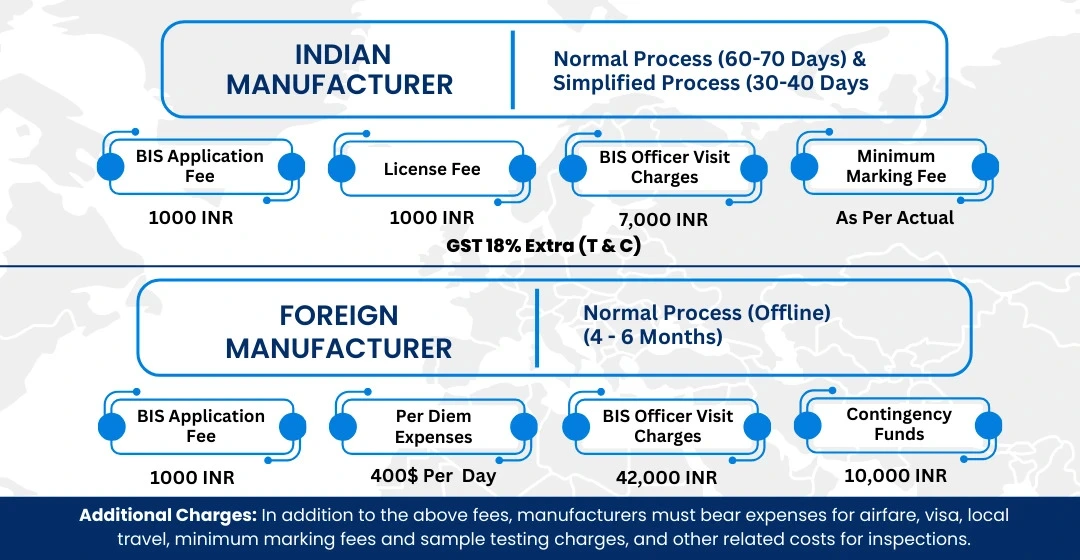
To Know The Process in Detail, Please Visit:
Under BIS Registration Products ISI and CRS
Conclusion
Acquiring BIS
Certification for Steel Wire for Mechanical Springs Part-1 cold drawn unalloyed
steel wire IS 4454 (Part 1): 2001 verifies that manufacturers conform to
essential safety and quality criteria for this niche product. With BIS certification,
companies affirm their allegiance to quality, product dependability, and
compliance with regulations. This certification is vital for bolstering
consumer confidence and facilitating entry into the Indian market. By
collaborating with EVTL India, businesses can adeptly maneuver through the
certification process, ensuring timely adherence to IS 4454 (Part 1): 2001.
EVTL India’s proficiency in BIS certification consultancy enables manufacturers
to efficiently achieve the requisite compliance for steel wire, guaranteeing
their products uphold the highest standards of quality and performance. Allow
EVTL India to assist in your certification journey, providing reassurance of
safety and excellence in your products.
Free Call Back
Latest News & Update
📅 BIS Critical Component List (CCL) Updates for Solar PV Modules
🕒 BIS Fee Concessions for MSMEs and Startups | EVTL India
📅 Guidelines for Implementation of Essential Requirements for Security of CCTV
🕒 Omnibus Technical Regulation (OTR) Amendment Order, 2025
🕒 Extension of Timeline for Filing Annual Returns by Battery Producers
📅 Extension of Timeline for Filing Quarterly and Annual Returns for E-Waste
🕒 Extension of Concurrent Running Period for IS 302-1: 2008 and IS 302 (Part 1): 2024
🕒 BIS Guidelines for Grant of Licence (GoL) | EVTL India
📅 CPCB Guidance on filing of Application, Fees and more
🕒 CPCB Notification on Labelling of Plastic Packaging
📅 Mandatory Compliance for Input Materials of Steel and Steel Products for Imports
🕒 BIS Guidelines for Scheme-X Certification for OTR-Regulated Products
📅 BIS Upgrades Product Certification License Numbers to 10-Digit Series
🕒 BIS Certification No Longer Mandatory for 14 Chemical & Polymer Categories
Why Choose EVTL INDIA
Expertise in Indian Regulatory Standards
End-to-End Support
Trusted by Top Indian & Global Brands
Fast Processing & Transparent Pricing
Strong Liaison with Indian Authorities
Company Profile